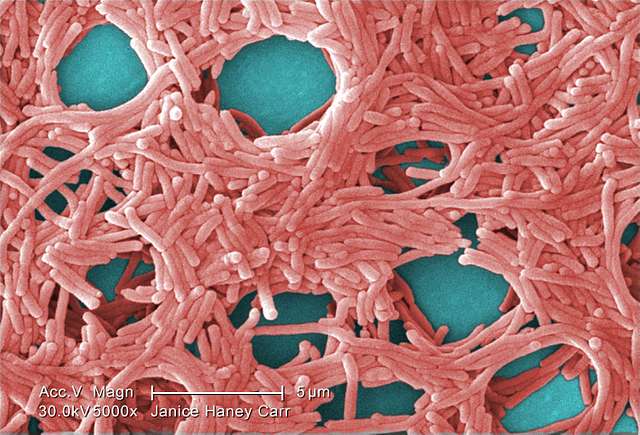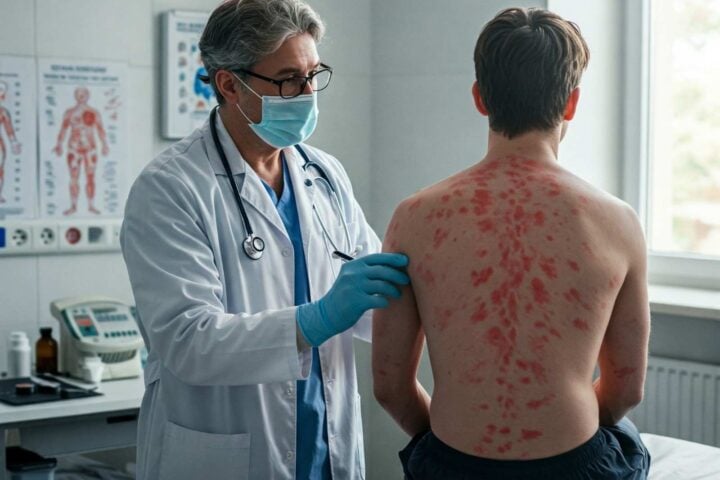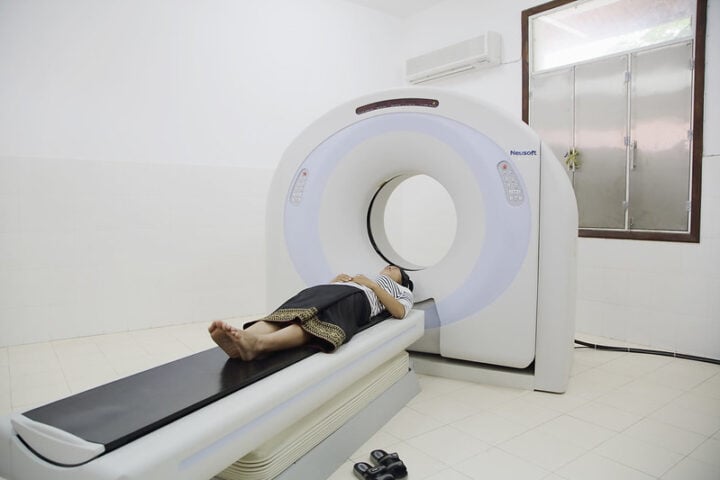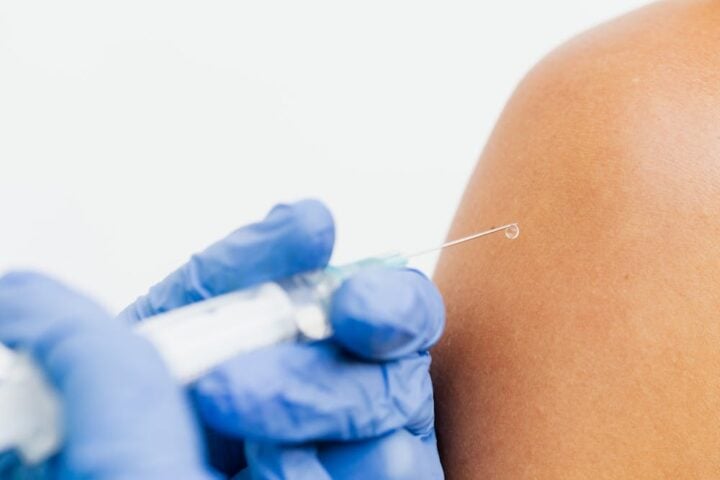Texas health officials report that 597 measles cases have been confirmed since January, marking one of the state’s worst outbreaks in decades. The number jumped by 36 cases since April 15, showing the virus continues to spread.
Two unvaccinated school-aged children with no underlying health conditions have died from the disease. One was a 6-year-old, and the other an 8-year-old girl.
“Measles can kill, ignorance can kill, and vaccine denial definitely kills,” said U.S. Rep. Lloyd Doggett during a news conference in Austin after the city reported its first case in 24 years.
West Texas Hit Hardest
The outbreak is centered in West Texas, with Gaines County reporting 371 cases – over 62% of the state’s total. The Texas Department of State Health Services (DSHS) has identified ten counties with ongoing measles transmission: Cochran, Dallam, Dawson, Gaines, Garza, Lynn, Lamar, Lubbock, Terry, and Yoakum.
Terry County has the second-highest number of cases at 52, followed by Lubbock County with 42.
Health officials have linked the outbreak to low vaccination rates in certain communities, particularly the Mennonite community in Gaines County. One school district in the county, Loop ISD, has a 48% vaccine exemption rate among students.
Similar Posts:
Children Most Affected
The virus has hit young people hardest:
- Ages 0-4: 182 cases
- Ages 5-17: 219 cases
- Ages 18+: 172 cases
- 24 cases pending age identification
Of the 597 people infected, 62 have required hospitalization. Health officials estimate fewer than 30 cases are currently active and infectious.
The outbreak has spread beyond state lines, with connected cases reported in New Mexico, Kansas, Ohio, and Oklahoma. Some cases have even reached Mexico and Canada.
Preventable Disease
Measles is one of the most contagious diseases known – 90% of unvaccinated people exposed to it will get sick. The virus spreads through air droplets from breathing, coughing or sneezing.
“They come into the emergency room and they are literally ragdolls hanging over their parents’ shoulders, limp, dehydrated, miserable,” said Patsy Stinchfield, former president of the National Foundation for Infectious Diseases, who has treated measles patients.
The MMR (measles, mumps, rubella) vaccine is 97% effective with two doses. Of the cases, all but 22 of the people who contracted the disease have been unvaccinated.
“The time we have been preparing for is here,” Austin Mayor Kirk Watson said. “I want to emphasize to everyone listening that vaccination remains the best defense against this highly contagious and deadly disease.”
Costly Response
The outbreak has already cost Texas taxpayers $4.5 million for immunization efforts, testing, and public awareness campaigns.
The CDC has sent personnel to Texas to help with the response, which typically costs between $2.7 million and $5.3 million to manage a measles outbreak.
In contrast, maintaining high vaccination rates is relatively inexpensive and prevents both illness and these emergency expenses.
National Impact
Nationwide, the CDC reports 800 measles cases across 25 jurisdictions. Before this outbreak, measles was considered eliminated in the United States since 2000 due to widespread vaccination.
However, vaccination rates have fallen in Texas from 97% of kindergartners in 2019 to 94% in 2024, creating more vulnerability to outbreaks.

Dr. Andrew T. Pavia from the University of Utah warned that the outbreak may be larger than reported, as some cases go undetected or unreported.
The last Texas measles outbreak larger than the current one was in 1992, when 990 cases were recorded. Before vaccines became available, Texas saw nearly 86,000 cases in 1958.

















